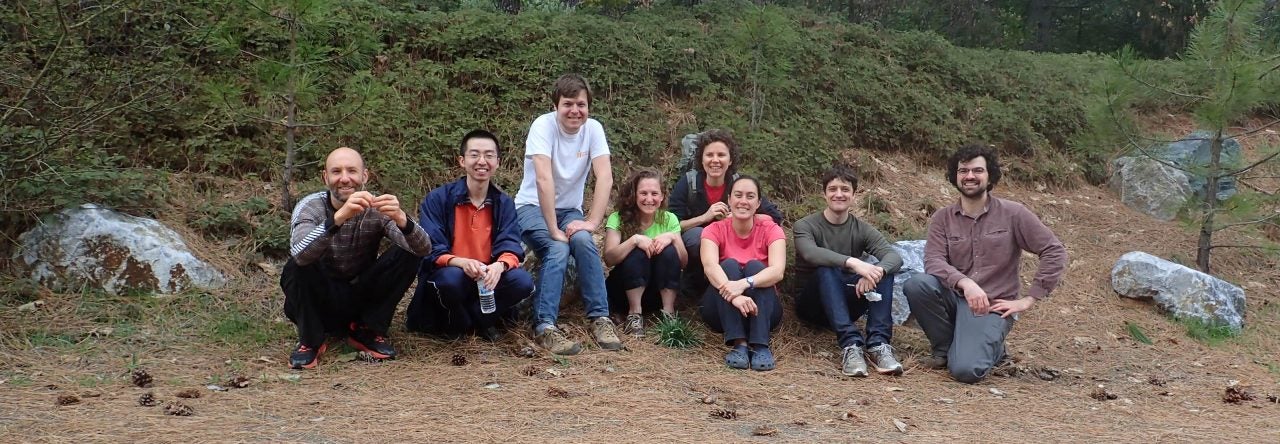Some of you remember the story of wing dimorphism in wasps from the talk that David Loehlin gave here a year ago. Here it is finally published:
Evolution of Shape by Multiple Regulatory Changes to a Growth Gene
What I find most interesting about this story is that it adds to the still small collection of cases where a very large effect of a single gene on interspecific divergence is not due to any single large-effect mutation, but rather reflects a cumulative effect of many small(er) mutations accumulating at the same locus. This is similar to what Ryan Bickel found in bab, and Alistair McGregor in svb. I suspect the number of similar cases will keep growing. Surely this is telling us something about the effect of pathway architecture on the course of evolution…
